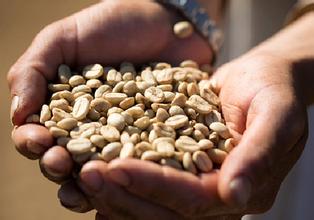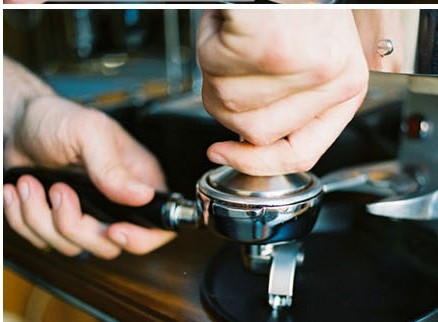Correct and convenient techniques for screening raw coffee beans how to select raw coffee beans? Skills of selecting raw beans
Coffee sifting and grading is determined by the particle size and consistency of the beans and also by the amount of coffee in a pound of beans.
How many defective beans are there (broken beans under ripe beans, etc.). It's like the best wine, the specialty.
Coffee is carefully handled in the production process, which can be seen from the quality of the beans, because there will be unique products.
It represents the different conditions of the place of origin, climate and grower.

Coffee roasting process:
The baking process produces a complex chain of chemical changes. After about 15 minutes of roasting, green coffee
Loses moisture, turns yellow, and pops like popcorn. After this process, the beans will
Double in size and begin to take on a light brown color after lightly frying. When this stage is complete (approximately 8 minutes of roasting), the heat decreases and the coffee quickly turns dark. When the preset baking degree is reached,
There are two ways to stop baking. Cool air or spray water after cool air can be used to achieve rapid cooling.
Degree of roasting:
divided into four main categories; light, medium, dark, and verydark
<1> Light fried coffee beans (light brown) will have a strong smell, very crisp, high acidity is the main flavor and slight alcohol.
<2> Medium-fried coffee beans (light brown) have a strong alcohol content while retaining most of the acidity.
(3) Deep-fried coffee beans (dark brown with a hint of oil on the surface) The acidity is replaced by a slight burnt bitterness, resulting in a spicy taste.
(4) Deep-fried coffee beans (dark brown or even black with traces of oil on the surface) contain a bitter taste of carbon ash, and the alcohol content is obviously reduced.
City, full city, French, Espresso, etc. are all colors that produce different degrees of baking depending on the baking machine used and the area of production. Even if the color looks the same, coffee can have completely different flavors. The type of beans selected, the baking temperature and baking method, and the length of baking time are the main factors that determine the final flavor. The control of temperature must rely on the accumulation of experience.
the article comes from the network
Important Notice :
前街咖啡 FrontStreet Coffee has moved to new addredd:
FrontStreet Coffee Address: 315,Donghua East Road,GuangZhou
Tel:020 38364473
- Prev

What is 90 + coffee? What does 90 + coffee stand for? The meaning of 90 + coffee label
Ninety + Coffee comes from American boutique coffee creator and supplier: NinetyPlusCoffee. Only a few years after the company was founded in 2006, 90 years has made coffee industry around the world aware of their names. Since 2007, the first coffee has been a precious show for coffee industry experts and contestants.
- Next

The skill of pressing, loading and thickness of coffee the importance of coffee powder to a cup of coffee
1. How much should the scale of the flour grinder be adjusted to? What I want to say is that the scale is only a reference, different brands have different grinding scales, and the same brand models of bean grinders are not displayed exactly the same under similar scales: the scale only states which direction you are going to be thick and which is fine. When you find the right thickness of your powder, the influence skill of the scale is a little bit. Conditions
Related
- Beginners will see the "Coffee pull flower" guide!
- What is the difference between ice blog purified milk and ordinary milk coffee?
- Why is the Philippines the largest producer of crops in Liberia?
- For coffee extraction, should the fine powder be retained?
- How does extracted espresso fill pressed powder? How much strength does it take to press the powder?
- How to make jasmine cold extract coffee? Is the jasmine + latte good?
- Will this little toy really make the coffee taste better? How does Lily Drip affect coffee extraction?
- Will the action of slapping the filter cup also affect coffee extraction?
- What's the difference between powder-to-water ratio and powder-to-liquid ratio?
- What is the Ethiopian local species? What does it have to do with Heirloom native species?

